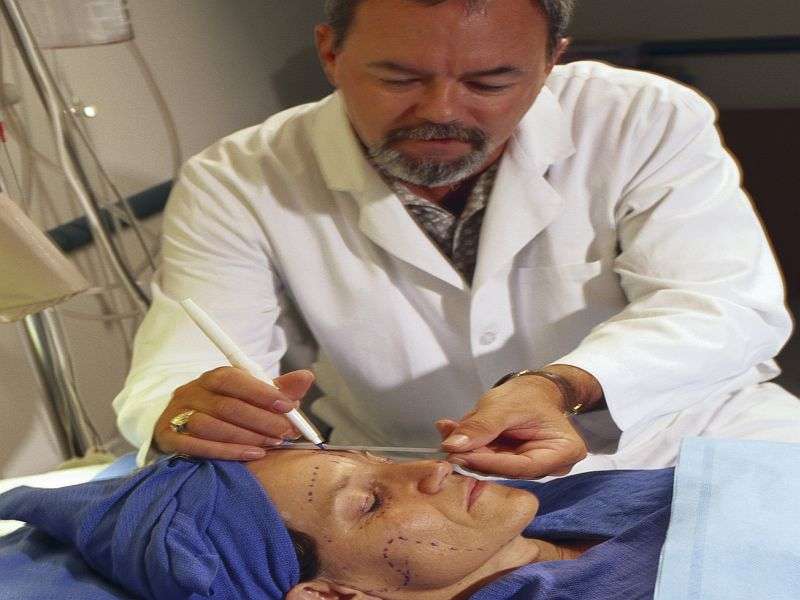(HealthDay)—For closures in the posterior occipital hairline, cosmetic outcomes are similar for primary W-plasty and traditional straight-line (SL) trichophytic closure techniques, according to a study published online Aug. 24 in JAMA Facial Plastic Surgery.
Sudeep Roy, M.D., and Edward D. Buckingham, M.D., from the Buckingham Center for Facial Plastic Surgery in Austin, Texas, conducted a retrospective cohort study involving 46 patients who underwent rhytidectomy (23 using W-plasty and 23 using SL technique). The authors conducted blinded photographic analysis of one-year postoperative photographs.
Participants in the W-plasty and SL groups were followed for a mean of 388 and 475 days, respectively. The groups were similar in terms of age, sex, race-ethnicity, and absence of risk factors predisposing to poor wound healing. The researchers found that the mean aggregate Manchester Scar Scale (MSS) score from all evaluators did not differ significantly between the W-plasty and SL groups (review 1: 5.69 versus 5.86; P = 0.60; reviewer 2: 10.09 versus 9.56; P = 0.65; and reviewer 3: 5.30 versus 6.17; P = 0.08). For the MSS scores, the overall interrater reliability was 0.56.
"Primary W-plasty and SL trichophytic closures in the posterior occipital hairline appear to yield highly acceptable and similar cosmetic outcomes under objective blinded evaluation," the authors write. "These techniques can be used with success to help minimize conspicuous scarring after rhytidectomy."
More information: Abstract/Full Text
Copyright © 2017 HealthDay. All rights reserved.






















